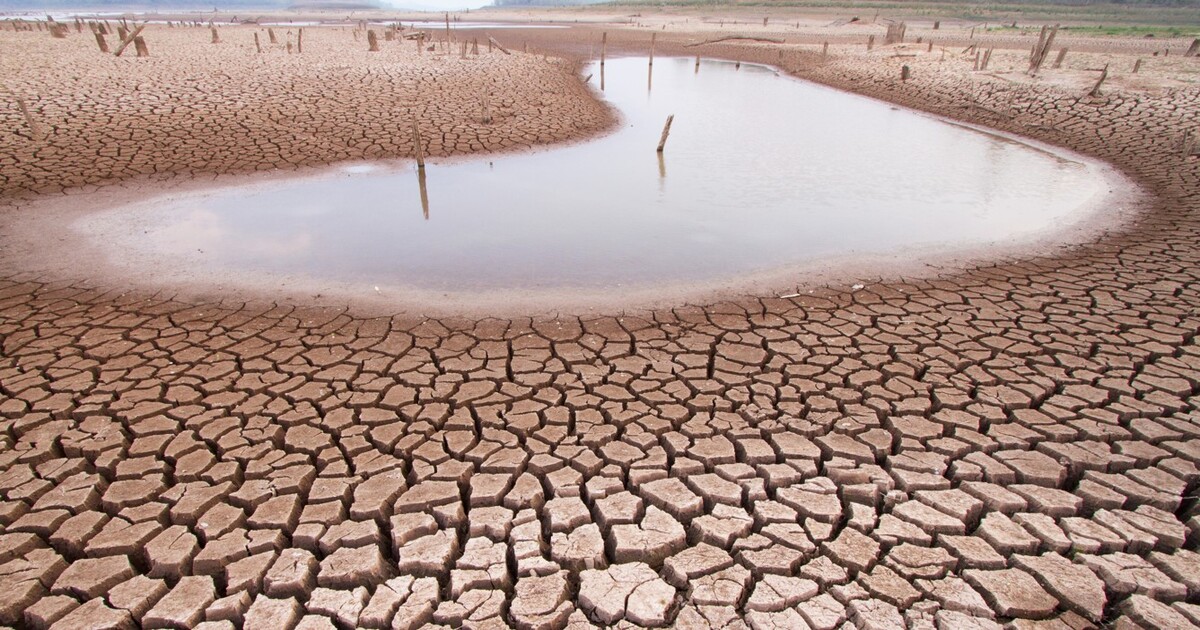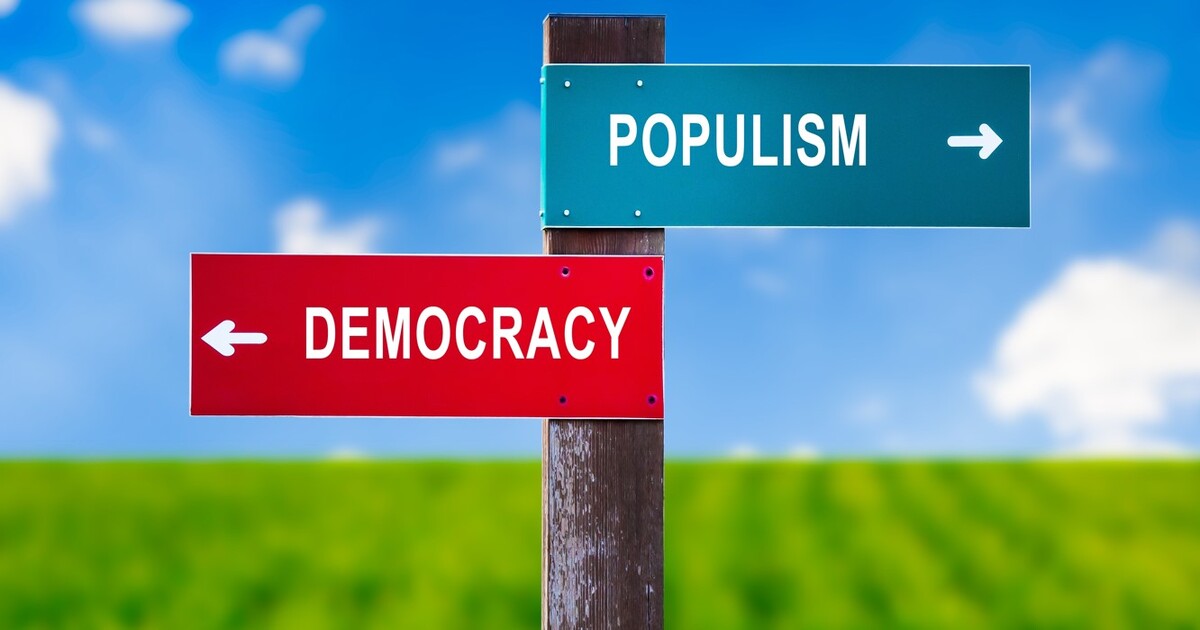Iran: Water Crisis as Regime Crisis
Iran faces severe water shortages that are due to mismanagement, prolonged drought and rising temperatures and are severe enough to threaten the regime.
July 30, 2025

Iran has endured five years of drought — with even lower rainfall this year — causing dam reservoirs to severely deplete and widespread water shortages.
The country — with a population of approximately 90 million — consumes around 100 billion cubic meters of water annually.
This is nearly double the amount used by neighboring Turkey, which has a comparably sized population.
More than 90% of Iran’s freshwater flows into agriculture — even though only 12% of the country’s land area is devoted to it.
In 2024, rainfall totaled around 400 billion cubic meters — but 70% of it evaporated, compared to a 50% loss in Turkey.
Iran is experiencing record temperatures — exceeding 50°C in several regions.
The result of Iran's water crisis is increased desertification, more frequent sandstorms and drought — all exacerbated by rising temperatures driven by climate change.
Almost half of Iran’s provinces are now officially classified as water stressed.
Reservoirs feeding Tehran’s dams are now at just 14% of their total capacity.
Authorities have taken measures to conserve water and electricity in Tehran province amid ongoing heatwaves and power cuts.
Negotiations to import water to make up domestic shortages are ongoing with neighboring countries Turkmenistan, Afghanistan, Tajikistan and Uzbekistan.
The profound water crisis is, to a large extent, homemade and frustrates the population at large. Its doubts about the competence of the regime become ever louder.
Sources: Der Tagesspiegel, The Guardian, Radio Free Europe, Al Arabiya, Iran International
Takeaways
Despite having a population similar in size to Turkey, Iran uses nearly twice as much water — putting huge pressure on its resources.
After five years of drought, Tehran’s dam reservoirs are at just 14% capacity — threatening millions with water shortages.
Over 90% of Iran’s freshwater goes to farming, even though only 12% of the land is used for agriculture.
The profound water crisis is, to a large extent, homemade and frustrates the population at large.
Doubts about the competence of the regime become ever louder.
